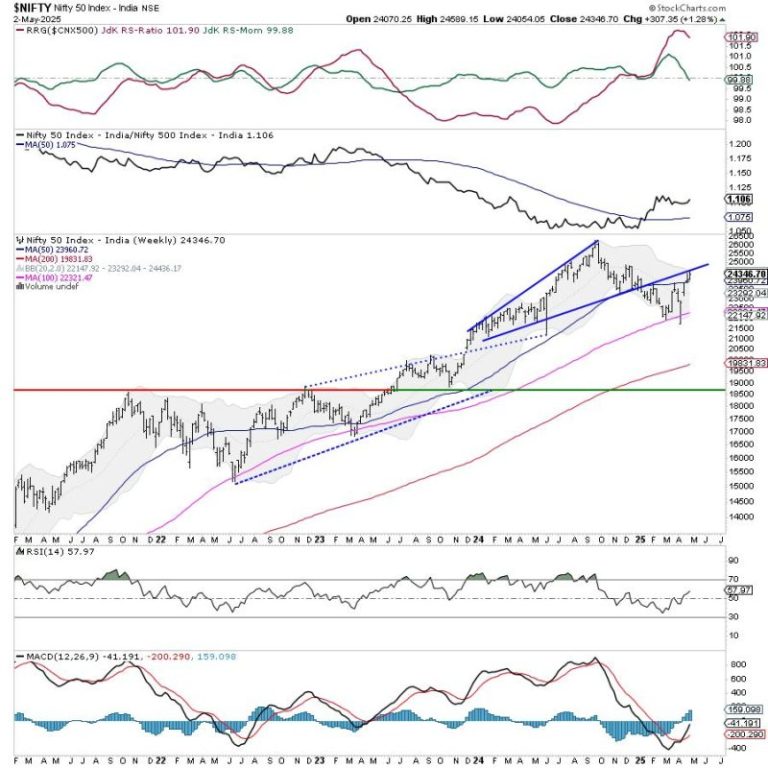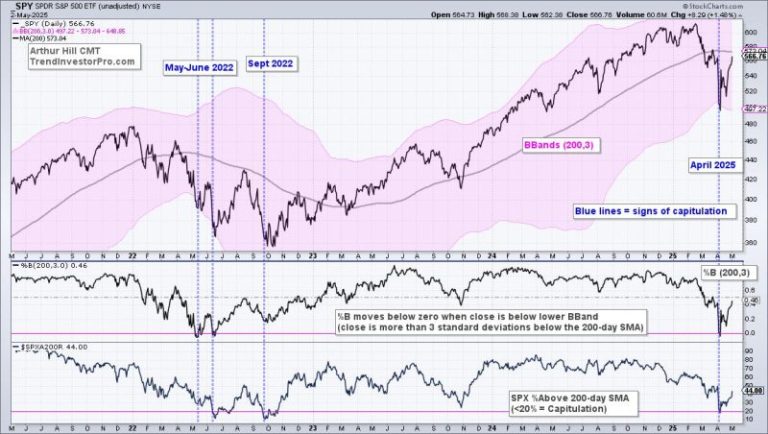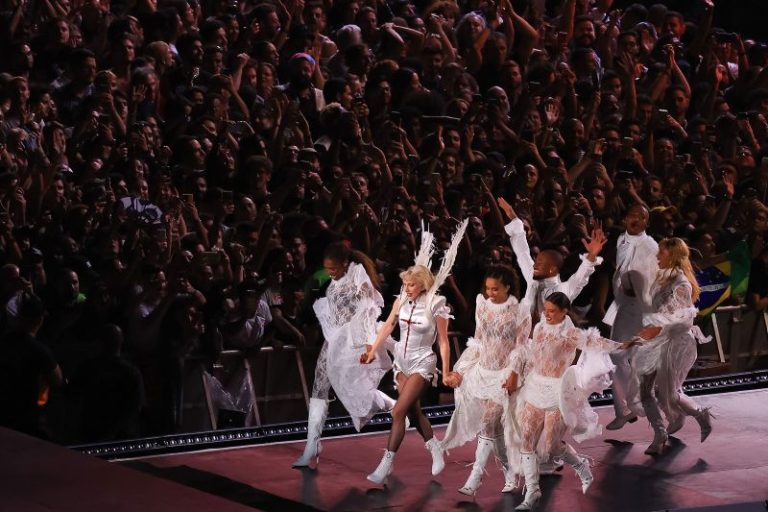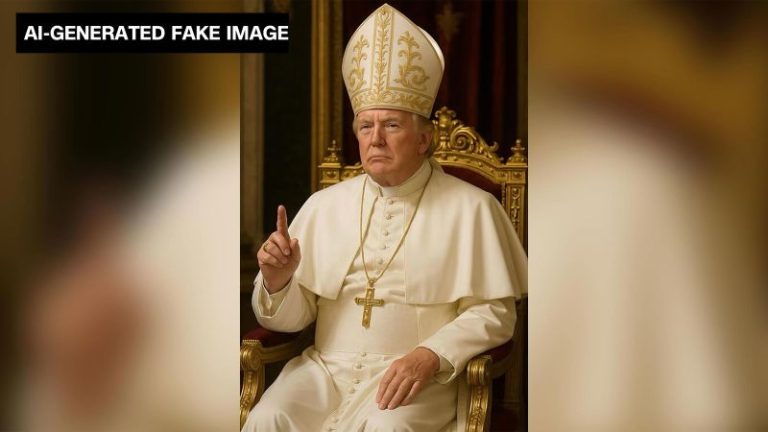In the truncated week due to one trading holiday, the markets extended their gains and closed the week on a positive note. While remaining largely within a defined range, the Nifty continued consolidating above its 200-DMA while not adopting any sustainable directional bias. While the Index continued defending its key support levels, it oscillated in the range of 535.10 points. Volatility continued moving higher; the India Vix surged by 6.41% to 18.26 on a weekly basis. While staying positive, the headline index closed with a net weekly gain of 307.35 points (+1.28%).
From a technical standpoint, the Nifty has kept its underlying bias intact; it is currently consolidating above the 200-DMA positioned at 24050. The 50-week MA is placed at 23962. This makes the 24950-24050 a strong 200-point support zone for the Nifty for the coming weeks and the foreseeable short term. So long as the Index keeps it above this 200-point support zone, it will just consolidate and not show any major drawdowns. However, any violation of 24900 will increase the possibility of some corrective retracement. Watching Nifty’s behavior vis-à-vis the zone of 23950-24050 would be crucial over the coming days.
The geopolitical tensions between India and Pakistan remain ingrained in the market behavior; the rise in Vix shows increased hedging activity by the market participants. Monday is likely to see a stable start to the day; the levels of 24550 and 24780 are likely to act as resistance levels. The supports come in at 24050 and 23900. The trading range is expected to stay wider than usual.
The weekly RSI stands at 57.92. While the RSI has formed a fresh 14-period high, it remains neutral and does not show any divergence against the price. The weekly MACD is bullish and trades above its signal line.
The pattern analysis shows that on the daily chart, the Nifty crossed above the 200-DMA a few days ago; now, it is consolidating just above this important level. It has penetrated the 50-week MA placed at 23962, and this level is now expected to act as support in the event of any corrective retracement. Importantly, the Nifty has resisted the rising trendline pattern resistance near 24600. This trendline begins at 21130 levels and joins the subsequent rising bottoms.
The coming week will require a more cautious approach as the markets not only deal with key resistance levels but also with geopolitical tensions that remain embedded in the backdrop. The investors will need to move away from the stocks that have risen over the past weeks and move to those sectors and stocks that are readying for a fresh move. While focusing more on low-beta stocks, the leverage, too, needs to be curtailed. The Index has risen over 2500 points over the past three weeks, and if it consolidates a bit, it should not surprise the market participants. A highly cautious and stock-specific approach is advised for the coming week.
Sector Analysis for the coming week
In our look at Relative Rotation Graphs®, we compared various sectors against the CNX500 (NIFTY 500 Index), which represents over 95% of the free-float market cap of all the listed stocks.
Relative Rotation Graphs (RRG) show the Nifty FMCG index has rolled inside the leading quadrant. The PSU Bank, Infrastructure, and Consumption Index are also inside the leading quadrant. The Metal, Commodities, Financial Services, and Nifty Bank Index are also inside this quadrant, but they are giving up on their relative momentum. However, these groups may continue to outperform the broader markets relatively.
The Services Sector Index has rolled inside the weakening quadrant.
While the Nifty IT index continues to languish inside the lagging quadrant, the Midcap 100, Auto, Realty, and Pharma Indices are seen improving their relative momentum while being inside the lagging quadrant.
The Nifty Media, PSE, and Energy Indices are inside the improving quadrant; they are expected to better their relative performance against the broader markets.
Important Note: RRG charts show the relative strength and momentum of a group of stocks. In the above Chart, they show relative performance against NIFTY500 Index (Broader Markets) and should not be used directly as buy or sell signals.
Milan Vaishnav, CMT, MSTA
Consulting Technical Analyst
www.EquityResearch.asia | www.ChartWizard.ae








